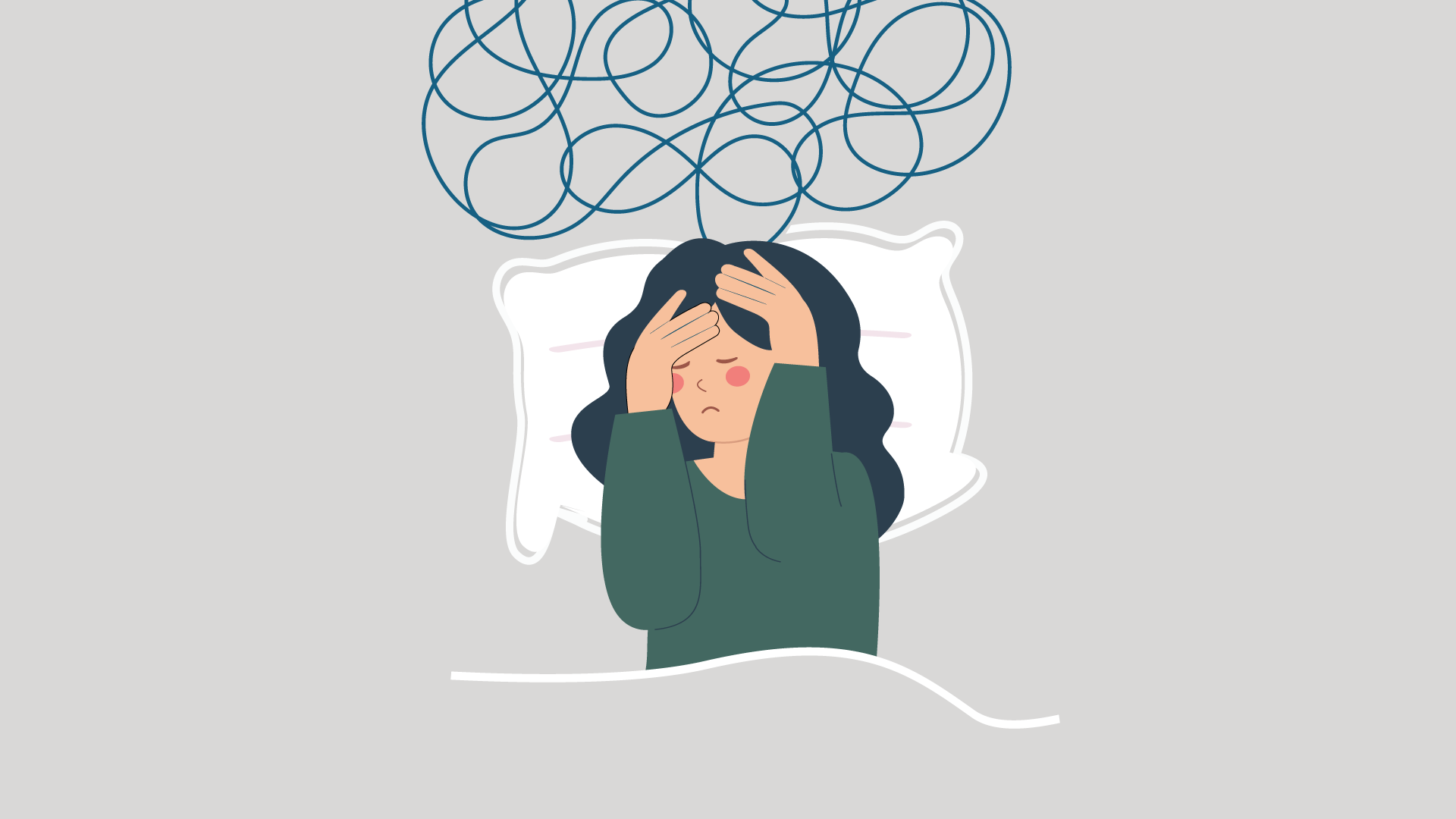- 2023-02-16
- Blog
Communicating our way to a better place

Hypervigilance is a state of elevated alertness. Hypervigilance is one of the central features of post-traumatic stress disorder (PTSD).
I was introduced to hypervigilance 23 years ago, although I had no idea that was what it was. About six months post release from the military and his tour to Bosnia, my spouse was in a state of constant alertness. Checking and rechecking doors and windows to make sure they were locked, needing to know where I was at all times, questioning whether the kids were safe, and the list went on. For several years this was our reality, and was very normal for us.
What I didn’t realize was how this hypervigilance was transferring to me. I too was now on constant alert for possible triggers that might create chaos in our home. Were the kids being too loud? Would this family function be too overwhelming and crowded? Did the cleaner I was using have bleach in it? My spouse had several smell triggers, bleach being one of them.
This state of my own heightened alert went on for many years. I now call it my survival mode. And it got me through. What I didn’t realize was how exhausting and depleting it was to my mind and body. It was not until years and a few counsellors later that the light bulb went on – I couldn’t control everything, nor could I fix my spouse or the create the perfect environment for him to live in. I was tired.
It did not just switch on, it was a process of increased awareness each time I realized I was trying to control the environment around my spouse. What helped most was communication between us. We found solutions that we both agreed upon that would help all of us work through this next phase of letting go of the control.
Some of the solutions evolved very organically, like the one that allowed our sons to have friends over, and informing my spouse who was entering or exiting the house. The solution went like this: each time a friend entered our side door, they would pop in the kitchen and say “Hi it’s me,” and then would proceed downstairs to hang with our boys and they would do the same as they left. This was not something we organized or asked our boys to do, they just came up with the solution so that their dad knew who was coming in and out of the side door without constantly being hypervigilant and getting up to see who it was. It still happens to this day, because it works.
The other solution was having a Plan B. For each outing we make, we always have an alternative plan. So, if it’s a family function and we can take two cars, we do. That way if he needs to leave early, he can. What we have observed is that just by having a plan B, his stress and hypervigilance are reduced and he is able to stay at the function.
There are still times I find myself on high alert. Old habits die hard, but the communication and awareness have given me some sense of acceptance that my spouse’s hypervigilance is not something I can control. My body and mind are thanking me. I am less tense, I sleep better and I have some semblance of a life back.
So, for those of you who are trying so hard to control everything around you so as not to trigger your spouse – reach out, get help. It will benefit everyone around you. Be kind to yourself, you didn’t cause this, you cannot control it or cure it. What you can do is to support your loved one and yourself by reaching out. There is a community waiting to help you.
Polly Maher
Lived Expertise Lead – Families
Atlas Institute
For more information about the impacts of PTSD on Families:
Families and Friends · Atlas Institute for Veterans and Families (atlasveterans.ca)

